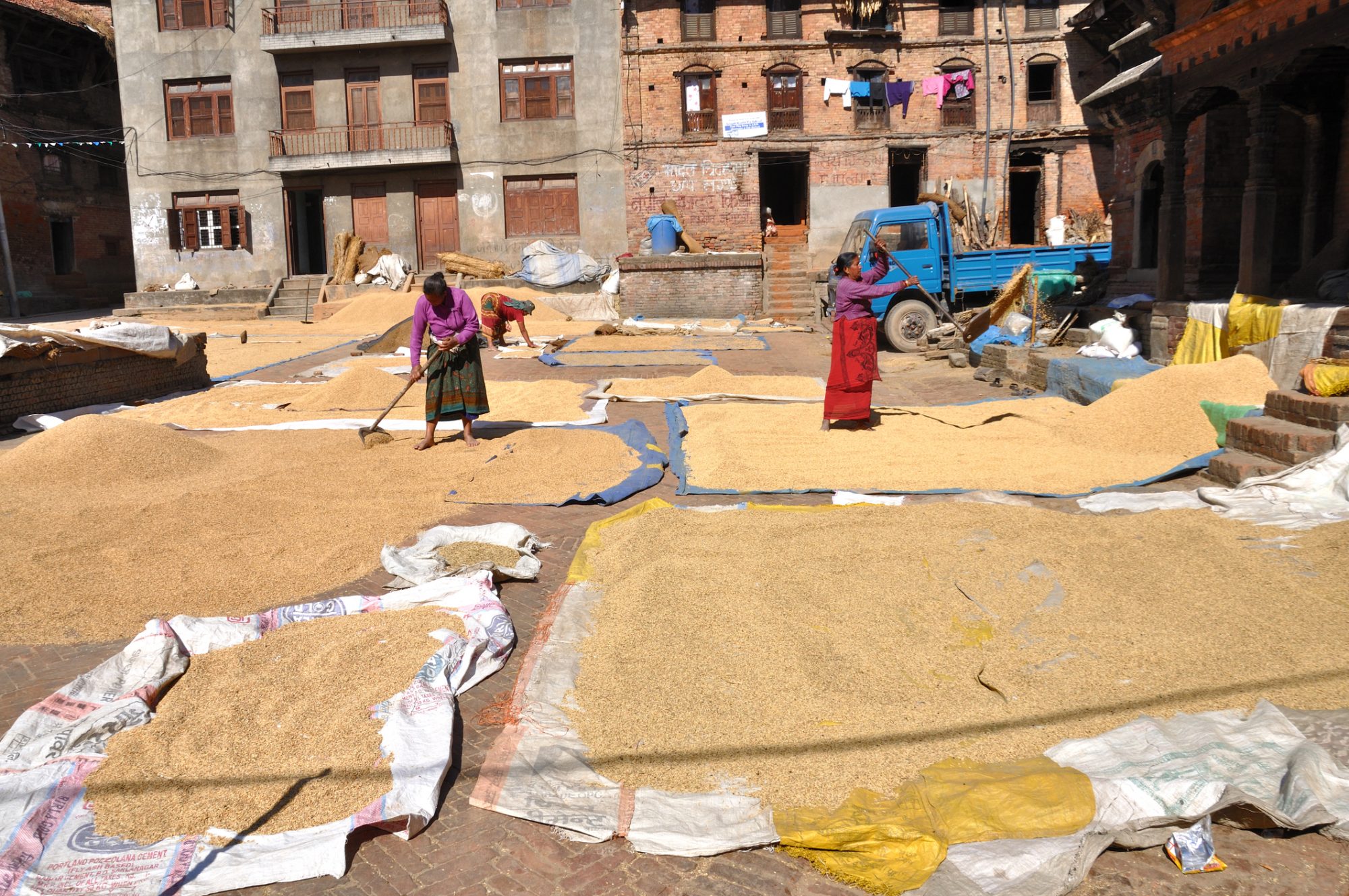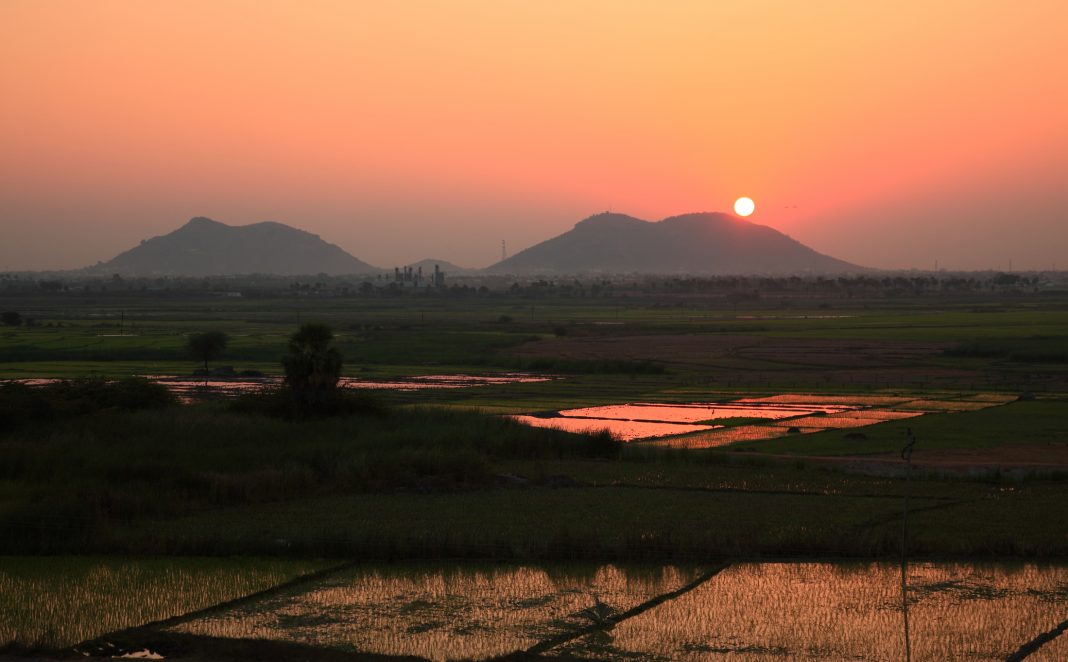Peter Bachmann, Vice President Policy & Government Affairs, at USA Rice, states that India’s protectionist rice export restrictions hurt the neediest the most
Over the past decade, India has become the largest rice exporter in the world, shipping 21.5 million metric tons in 2021 to destinations all over the world. India exports high value basmati varieties to Iran, Saudi Arabia, the United States, and the UK but also ships regular milled and broken rice to many food-insecure Sub-Saharan African countries such as Benin, Senegal, and Ivory Coast. However, this has been affected by India’s recent acts on rice export restrictions.
In September 2022, the Indian government announced a series of major export curbs that harkened back to the nation’s 2008 export ban on non-basmati rice that had far-reaching market implications for world food prices. These rice export restrictions, however, included an all-out ban on broken rice exports along with a 20% export tariff on non-basmati and non-parboiled long grain rice shipments. These restrictions on rice followed India’s bans earlier on wheat and sugar exports that resulted in extreme price fluctuations, further exacerbating the impacts of inflation on global food prices.
India’s restrictions have a ripple effect on global rice markets
India’s ban on broken rice has been somewhat walked back and modified since the original announcement, resulting in a situation that is not as detrimental as the 2008 wider ban. However, the impacts of the rice export restrictions have had a ripple effect on global rice markets and disrupted a long-running streak in price stability for rice. Throughout the pandemic, and now the war in Ukraine, rice has been a beacon of stability in price and supply, but that is no longer the case.
“In September 2022, the Indian government announced a series of major export curbs that harkened back to the nation’s 2008 export ban on non-basmati rice that had far-reaching market implications for world food prices.”
The Indian government attributes the rice export restrictions to drought, and reduced plantings, for a reduction of roughly 6 million metric tons of production from 2021 to 2022, which is roughly equal to the total U.S. annual production. While this reduction sounds extreme, India has demonstrated in recent years that it has consistently and significantly over-produced, growing exports from less than 10 million metric tons to more than 20 million metric tons for the 2021-22 crop year. With India responsible for 40% of the world’s rice trade, this has distorted the global market.
This price distortion has resulted from the leakage of Indian government-subsidised rice into the global export market which has suppressed global rice prices. This causes major exporters, including Thailand, Vietnam, and Pakistan, to accept prices below the cost of production to compete with Indian exports. This distortion has grown over the last year as the world grapples with higher input costs, such as fuel and fertilizer, and raises the cost of production for crops such as rice. Yet, India’s cost of production was supported by $31 billion worth of fertilizer subsidies alone last year! Surely fairness must be a factor as we strive to keep the diversification of rice production alive and well on six continents instead of shrinking to one.

U.S. government initiates consultations with India
India admits to this over-subsidisation at the World Trade Organization (WTO) but shelters itself under what is called the ‘Bali Peace Clause,’ citing that its mass procurement of rice and subsidies are for domestic food security only and don’t result in any distortion. However, the U.S. government, along with nine other governments disagree. Given that India is responsible for such a large share of exports, it is nearly impossible for the subsidies not to distort world rice prices. In May 2022, the U.S. Government initiated consultations with India at the WTO under the terms of the Bali Peace Clause to review Indian rice subsidies more closely. The U.S. was joined by the governments of Australia, Brazil, Canada, the European Union, Japan, New Zealand, Paraguay, Uruguay, and Thailand in confronting India.
While India’s rice export restrictions may not have had long-lasting impacts on the global rice balance sheet, they certainly had immediate effects and have worsened inflationary impacts on some of the most food-insecure countries throughout Africa and Southeast Asia that have relied primarily on Indian exports at stable prices. These protectionist measures to protect India in the short term will have long-lasting impressions, and the growing coalition of countries signing onto consultations at the WTO shows that the rest of the world is watching.











